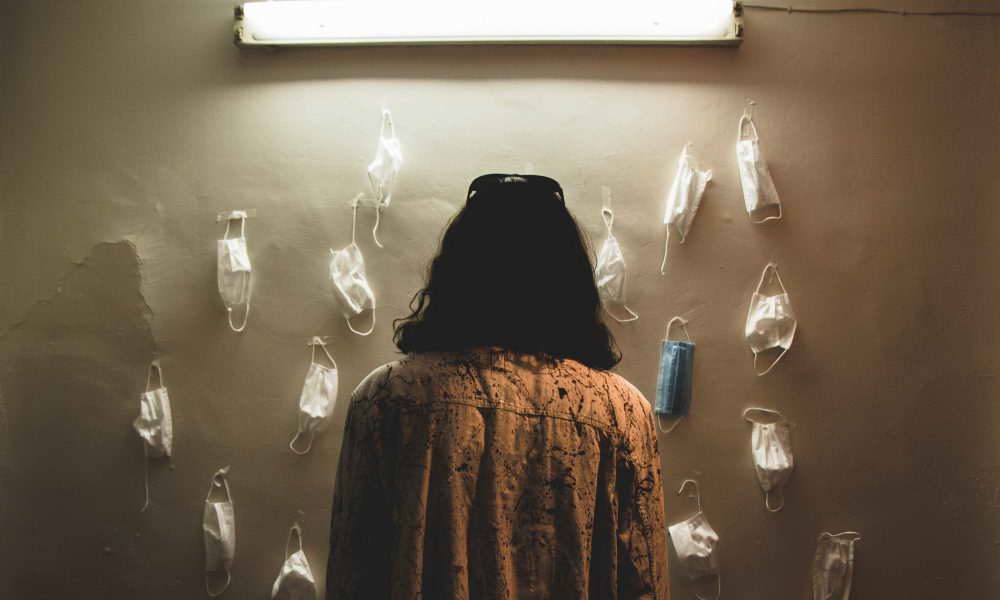Now that there’s light at the end of the tunnel, how bad is the damage?
From lost jobs to school closings and quarantines to social isolation, the effects of COVID-19 have gotten a lot of attention.
But, one impact has been less discussed: The state of our mental health.
Before the pandemic, during the first six months of 2019, the Centers for Disease Control and Prevention found more than 1 in 10 adults (11%) in the U.S. reported symptoms of anxiety or depressive disorder. Now, after a year of living through a global pandemic, the number has quadrupled. In January 2021, the U.S. Census Bureau’s Household Pulse Survey found that 41% of U.S. adults reported similar symptoms.
And, it’s even worse among young adults, adults with job loss or income insecurity, and essential workers.
Young Adults
63% of Americans ages 18-24 reported symptoms of anxiety or depression in a CDC survey conducted during the pandemic in June 2020. And how are they coping? Young adults are about twice as likely to report increased or new substance use compared to all adults (25% vs. 13%) and more than twice as likely to have experienced increased or new suicidal thoughts (26% vs. 11%).
Let’s take an even closer look. College students appear to be the most affected within this age group. In research conducted last spring, 85% of college students said they had experienced high to moderate levels of distress — 45% of those students said they felt highly distressed.
Economically Stressed
People facing job loss and income insecurity due to COVID are showing that they are struggling with their mental health at a disproportionate rate, as well. In the December 2020 Household Pulse Survey, those who had not experienced job loss reported symptoms of anxiety or depressive disorder at 32% while those who had reported symptoms at 53%.
Americans who face income insecurity show similar results. In a 2020 KFF poll looking at the negative mental health impacts of the pandemic, those who earn less than $40,000 a year reported feeling major negative mental health effects compared to those earning $90,000 or more (35% vs. 17%).
Essential Workers
Going into a second year of working on the frontlines of the pandemic, essential workers experienced symptoms of depression and anxiety at higher numbers than the general population. In a study published by the CDC in June 2020, 42% of essential workers experienced these symptoms as compared to 30% of non-essential workers.
As we saw with young adults, essential workers were about twice as likely to report increased or new substance use as non-essential workers (25% vs. 11%). Even more alarming is that essential workers were almost three times more likely to seriously consider suicide “in the past 30 days” than non-essential workers (22% vs. 8%).
While there have been many visibly negative effects of COVID, the impact on Americans’ mental health has been more hidden. These statistics may help explain why the new COVID relief bill is allocating $3.5 billion for block grants addressing substance use and mental health disorders.
If you are in crisis or you think you may have an emergency, call 911 immediately. If you’re having suicidal thoughts, call 1-800-273-TALK (8255) to talk to a trained counselor (National Suicide Prevention Lifeline). If you are located outside the United States, call your local emergency line immediately.
This post was written by Marist Poll “College 2 Career” intern Gabi Gervasi.

